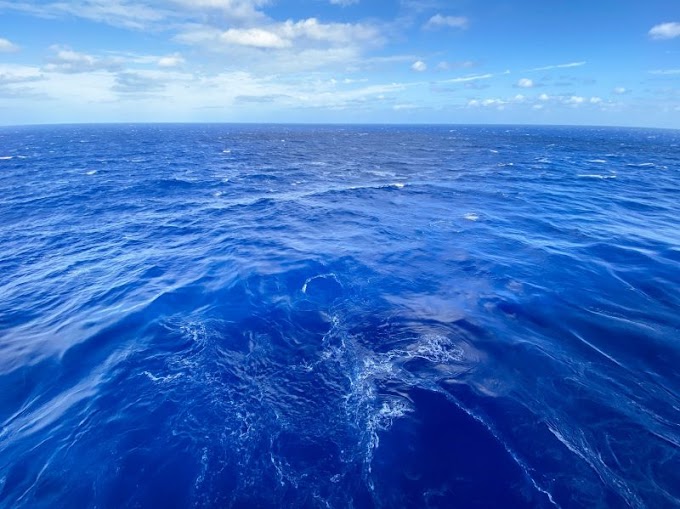Interesting facts about the Moon :
1. The Moon is the only permanent natural satellite on Earth.
It is the fifth largest satellite in the Solar System, and the largest among the satellites of the planet in terms of the size of the orbiting planet.
2. The Moon is the second worst satellite
Among those their strength is unknown however. The first to be crowded is Jupiter Io's satellite.
3. The Moon always shows the same face on Earth.
The moon revolves around the Earth. Its nearby side is marked by large black plains (volcanic "maria" that fill the gaps between high plateaus and prominent landscapes. More details on the phases of the Moon
4. The face of the Moon is really dark
Although compared to the night sky, it looks very shiny, with a slightly higher appearance than the worn asphalt. Its gravitational pull produces ocean waves, body waves, and a slight increase in daylight.
5. The Sun and the Moon are not equal.
From Earth, the Sun and the Moon appear the same size. This is because the Moon is 400 times smaller than the Sun, but also 400 times closer to Earth.
6. The Moon leaves the Earth.
The moon is about 3.8 cm from our planet each year.
7. The Moon was formed when a stone hit the Earth.
The widely accepted explanation is that the Moon was formed when a rock the size of Mars hit the Earth, shortly after the solar system began to form about 4.5 billion years ago.
8. The Moon causes the Earth to move like waves.
Everyone knows that the Moon is the part that creates the waves of the oceans and our oceans on Earth, and the Sun also has an influence. However, as the Moon orbits the earth, it also causes the waves of rock to rise and fall in the same way that water does. The effect is not as dramatic as in the oceans, but it is still measurable, with a strong surface of the earth moving several inches in each wave.
9. The Moon also trembles
They are not called earthquakes but earthquakes of the moon. They are caused by the gravitational pull of the Earth. Unlike earthquakes that last only a few minutes, earthquakes in the moonlight can last up to half an hour. However, they are much weaker than earthquakes.
10. There is water on the Moon!
This comes in the form of ice trapped in the dust and minerals above and below the surface. It is found in the surface of the moon in permanent shade so it is very cold, which allows the snow to survive. The water of the Moon is probably carried up by comets.








0 Comments